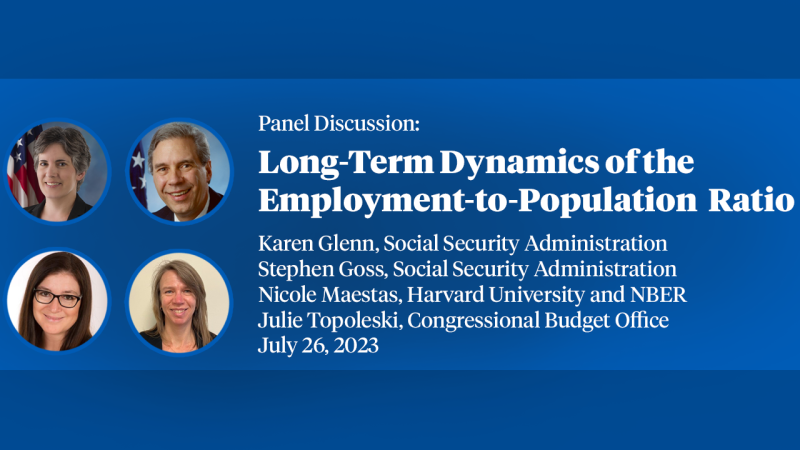Older and Slower: The Startup Deficit’s Lasting Effects on Aggregate Productivity Growth
We investigate the link between declining firm entry, aging incumbent firms and sluggish U.S. productivity growth. We provide a dynamic decomposition framework to characterize the contributions to industry productivity growth across the firm age distribution and apply this framework to the newly developed Revenue-enhanced Longitudinal Business Database (ReLBD). Overall, several key findings emerge: (i) the relationship between firm age and productivity growth is downward sloping and convex; (ii) the magnitudes are substantial and significant but fade quickly, with nearly 2/3 of the effect disappearing after five years and nearly the entire effect disappearing after ten; (iii) the higher productivity growth of young firms is driven nearly exclusively by the forces of selection and reallocation. Our results suggest a cumulative drag on aggregate productivity of 3.1% since 1980. Using an instrumental variables strategy we find a consistent pattern across states/MSAs in the U.S. The patterns are broadly consistent with a standard model of firm dynamics with monopolistic competition.
Published Versions
Titan Alon & David Berger & Robert Dent & Benjamin Pugsley, 2017. "Older and Slower: The Startup Deficit’s Lasting Effects on Aggregate Productivity Growth," Journal of Monetary Economics, . citation courtesy of ![]()


